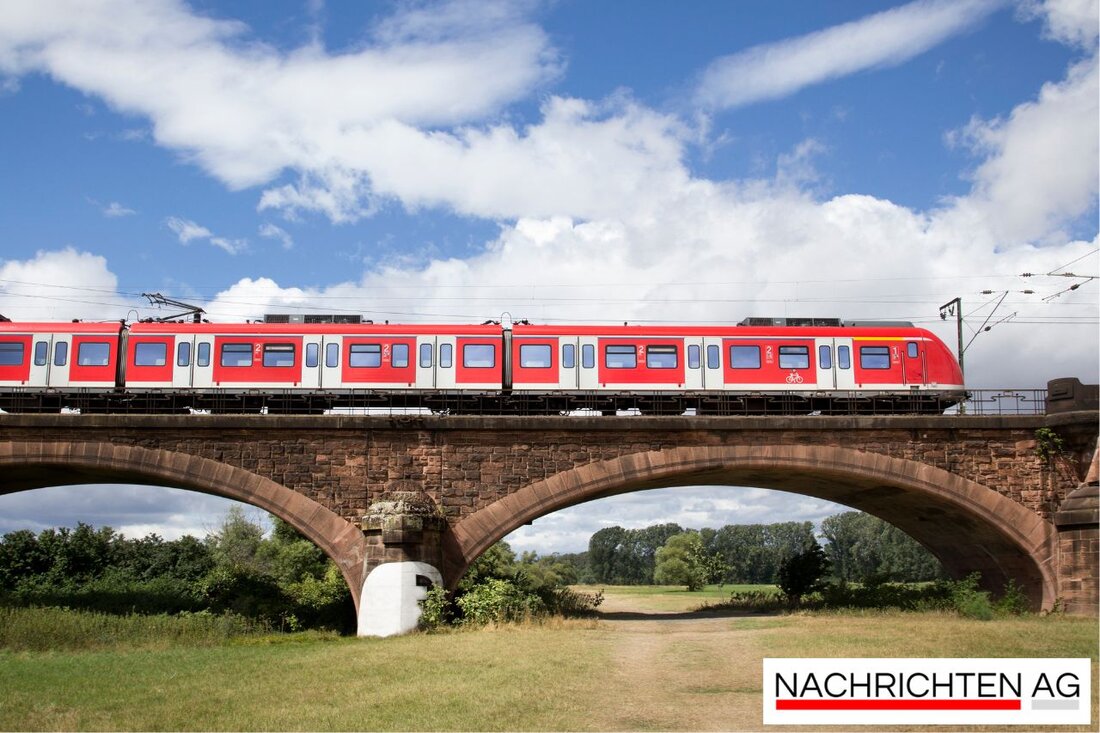Noise alarm on Lake Wörtherson: Measurements show drastic sound reduction!

Noise alarm on Lake Wörtherson: Measurements show drastic sound reduction!
Wörthersee, Österreich - The sound emissions on the Wörthersee railway line show stable values, and this is a reason for joy. The fifth measurement report, published by ÖBB, proves positive developments in the noise levels along the route in Velden. Since the measuring point was commissioned in autumn 2020, the goal has been pursued to document the effectiveness of measures to reduce sound emissions. The assessment level at night has been reduced by impressive 3 dB since 2020, while the average passage of freight trains has decreased by 2.7 dB, how [press-oebb.at] (https://presse-oebb.at/news-oeb-fuenfter-mess report- stable-geraeuschpegegel-an-an-woerthhersee-Bahnstres?
On closer inspection, it can be seen that the passing level of individual trains remained unchanged in 2024 compared to 2023. The sunken proportion of loud trains is positive, while due to the lock of the Tauern tunnel there is an increase in freight train trips. The measurements that take place under the scientific support of experts and ÖBB-infrastructure AG record, among other things, passing levels, speed, duration and vehicle data. This comprehensive data collection is precisely understandable.
reduction in noise emissions
The numbers speak for themselves: The assessment level for a building at 30 meters away is 44 dB a day, which corresponds to a decline of 2 DB since 2020 (then 46 dB). At night, the value of 48 dB has improved to 45 dB. There is also positive news at a height of 5 meters. The assessment level has dropped to 49 dB during the day (from 52 dB), while it fell to 54 dB to 51 dB at night. The decline in the pasting level of a single freight train is now 85.5 dB compared to 88.2 dB in 2020, which corresponds to a decline of 2.7 dB.
The new EU regulations play a decisive role, which include the TSI Noise Ordinance, which have only been allowed to use soft freight trains on the main railway lines of the EU since December 2024. These regulations promote the changeover to 100 % quiet freight wagons, which can reduce the passing level per train by up to 10 dB. The proportion of low freight car rose from 64 % in 2020 to an impressive 94 % in 2024. These developments contribute to the fact that sound immissions also drop in the long term, despite a possible increase in traffic.
protective measures and the future outlook
The increased investments in rail systems, wagon material and soundproofing walls show that ÖBB and the EU pursue the goal of shifting more freight traffic from the street to rail. This corresponds not only to the environmental protection goals, but also the general trend towards sustainable mobility. It is important to further regulate the noise development in rail traffic in order to increase the quality of life of the residents.
The importance of noise reduction is underlined by the definition of the rail traffic noise, which is created by the operation of vehicles on rail paths. Innovation pressure and technological progress in the area of noise reduction are necessary steps to reduce the noise. The technical specifications for interoperability (TSI) excellently define here how both locomotives as well as passenger and freight cars should be harmonized in order to further reduce noise emissions, [era.europa.eu] (https://www.era.europa.eu/domains/technical-specification interoperability/noise-tsi_en) in this context mentions the importance of cooperation between the Member States.
for a positive development for low -noise rail traffic, not only the residents hope, but also all freight traffic. With a clear commitment to more sustainable transport solutions, the future of the rail goes in a promising direction. However, the challenge remains to act in accordance with the noise protection interests and traffic development in order to continue to ensure the quality of life in the Carinthia region.
| Details | |
|---|---|
| Ort | Wörthersee, Österreich |
| Quellen | |
